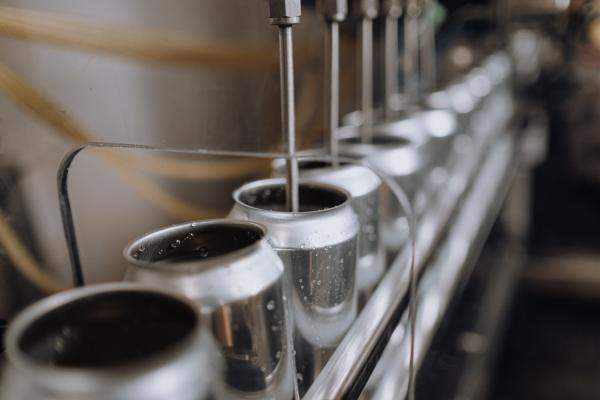KUALA LUMPUR, July 31 — The Economic Census 2023 report has revealed that the manufacturing sector’s gross output value increased 7.5 per cent annually to RM1.89 trillion in 2022 compared to 2015, said the Department of Statistics Malaysia (DOSM).
Chief Statistician Datuk Seri Mohd Uzir Mahidin said this upturn was largely supported by the petroleum, chemical, rubber, and plastic products sub-sector, which increased to RM579.6 billion in 2022 from RM299.1 billion in 2015.
“It was followed by the electrical, electronic, and optical products sub-sector with a 29.6 per cent share and a value of RM560.7 billion compared to RM321.18 billion in 2015.
“These two sub-sectors benefited from increasing global demand for medical supplies and electronic devices despite the challenges posed by the Covid-19 pandemic since 2020. Hence, it contributed to the sector’s overall growth trajectory,” he said in a statement today.
Meanwhile, the report found 54,505 manufacturing establishments operated in 2022, 1.5 per cent more than the 49,101 recorded in 2015.
Uzir said the census identified that these establishments were operating in 254 industries according to the Malaysian Standard Industrial Classification.
In line with the increase in gross output, the intermediate input for the manufacturing sector rose by 7.6 per cent annually to RM1.48 trillion compared to RM884.8 billion in 2015, primarily influenced by the higher local producer prices as well as the global rise in crude oil and commodity prices during the period.
The value added for the manufacturing sector marked an annual growth of 7.1 per cent to reach RM414.9 billion in 2022 from RM257.1 billion in 2015.
“This was mainly contributed by the petroleum, chemical, rubber, and plastic products sub-sector (share: 33.2 per cent), which rose by 8.5 per cent.
“The second rank was the electrical, electronic, and optical products sub-sector, which contributed 29.0 per cent share with an annual growth rate of 8.3 per cent, followed by the food products sub-sector (share: 11.1 per cent), which grew by 7.5 per cent,” he said.
On salary and wages paid, Uzir said it expanded by 5.8 per cent annually to RM97.2 billion in 2022, with the average salary and wages amounted to RM3,513 per month in 2022.
The electrical, electronic, and optical products sub-sector recorded the highest average salary and wages of RM4,361 per month, while the lowest average salary and wages were in the textiles, wearing apparel, and leather products sub-sector at RM2,249 per month.
“Skilled workers received the highest average salaries and wages at RM8,068 per month followed by semi-skilled workers (RM2,578 per month) and low-skilled workers (RM2,030 per month),” he said.
Uzir also highlighted the performance of the agriculture-based industry in conjunction with the Agriculture Census 2024, which saw 14,323 establishments involved in agro-based products manufacturing in 2022.
8,296 establishments were involved in food-based products, representing 57.9 per cent, while the remaining 6,027 establishments produced non-food-based products.
“Additionally, the gross output of non-food-based products amounted to RM267.2 billion, which made up 73.4 per cent of the total output of the agriculture-based industry.
“Food-based products reached RM96.7 billion, with a contribution of 26.6 per cent,” he said.
On the economic performance by states, Uzir said nearly 70 per cent of gross output in the manufacturing sector was contributed by Selangor (27.3 per cent), Johor (16.7 per cent), Pulau Pinang (16.0 per cent) and Sarawak (9.3 per cent).
In terms of the annual growth rate, four states registered higher increments than the national level: Selangor (7.7 per cent), Johor (9.2 per cent), Penang (10.0 per cent), and Sarawak (8.1 per cent).
— Bernama


